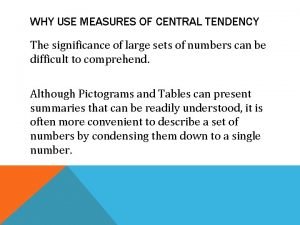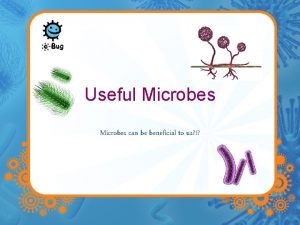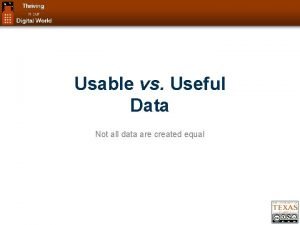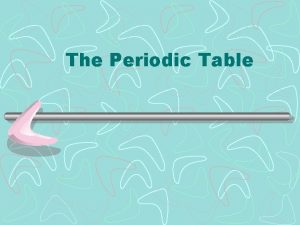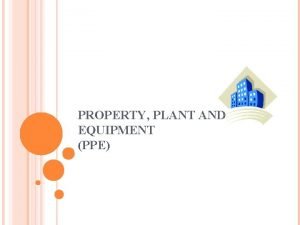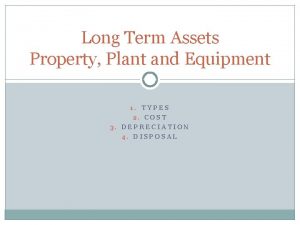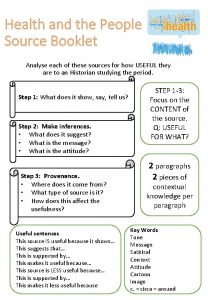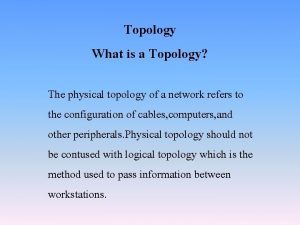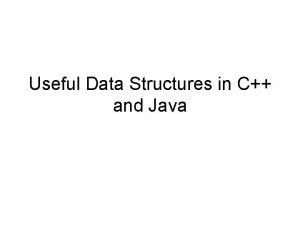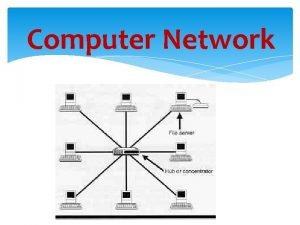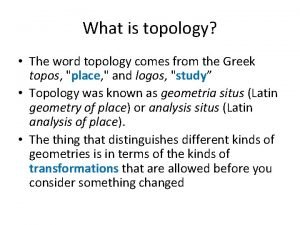Chapter 4 topology Introduction Topology is a useful
















- Slides: 16

Chapter 4 topology

Introduction Topology is a useful data structure concept in GIS, it allows great flexibility and powerful connections to be made among data. It is defined as an addition to a vector data structure in which each point, line , partial or whole polygon has the following characteristics: *”knows” where it is *”knows” what is round it * “understands” its environment * “ knows” how to get around


Topology • Topology is the mathematical procedure for defining spatial relationships • Topology is the mathematics of connectivity and adjacency for spatial features • Topology can be viewed as the programming that provides spatial relationships between node, chains , and geographic features. • When topology is applied to GIS , data structure tables are built for features, nodes and chains , the tables are used to determine what is connected , what is adjacent and the direction of chains. • By reading tables, GIS can track connections, make paths , measure distances & area, and determine a variety of spatial relationships.


APPLYING TOPOLOGY • Topology is applied by a simple operation usually after digitizing( digitizing is the digital tracing of maps). • Features are first digitized and the resulting lines are without connection or “intelligence”. This is the spaghetti model of data: lines that cross and form shapes without connection or relationship to other lines & shapes • Topology builds the spatial information by recognizing nodes at the ends of each digitized line and creating new nodes at intersections where lines cross, making true topological chains • When topology is applied , each node is numbered and a new node is established at the intersection



TOPOLOGY TABLES • Topology tables contains the data structure information used in feature definition and in determining spatial relationships. • The tables are created automatically when topology is applied to the data, nodes & chains define line and polygon features. • The chain topology table presents each chain and its start and end nodes, the node topology table lists the chains that connect to each node. • Coordinate tables for the chains and nodes present the real-world locations for each node and vertex. • A polygon topology table identifies the chains that make each polygon, The chain topology table identifies the polygon to the left and to the right.


MULTIPLE CONNECTIVITY • Topological connections can work on an integrated set of line features, such as a highway system, called a “network”. • Topology provides the connections and routing analysis. • When lengths & total distances are included , the shortest paths can be found among the complicated network. • Using topological links, the search follows the first chain until a node is reached , it then reads the node and chain to follow other connections. Eventually there may be numerous possible paths, but because distances have been calculated , it is simple to determine the shortest path.


Topology & Relational Query Combining the functions of a relational database and topology we can see a powerful GIS capability. Topology will provide the connections & the relational database will sort through the attributes.


TOPOLOGY’S CONTRIBUTIONS Topology offers a number of advantages and contributions to GIS: o. Spatial information: topology provides length, distance, perimeter, and area. o. Spatial relationships : topology creates connections which functionally link features that are adjacent. o. Multiple linkages : each feature is linked to other features, providing multiple connections (linkages). o. Network analysis : the functional connections , distance , and other spatial relationships , combined with the relational database, are ideal in interpreting network features, and performing specialized analysis ( ex, shortest route).

Topology’s Advantages 1. intelligent vectors 2. Automatic recognition of spatial relationships 3. multiple linkages 4. magic programming
 Informal mail
Informal mail Importance of central tendency
Importance of central tendency What characteristics make hair a useful forensic tool
What characteristics make hair a useful forensic tool Useful microbes adalah
Useful microbes adalah Useful data definition
Useful data definition Time of useful consciousness
Time of useful consciousness How is the periodic table useful
How is the periodic table useful Useful records
Useful records What is harmful and useful
What is harmful and useful Useful life of property plant and equipment
Useful life of property plant and equipment Useful and harmful microbes
Useful and harmful microbes Plant assets are used in operations
Plant assets are used in operations How useful is this source
How useful is this source History gcse spec
History gcse spec Jack is going skiing does he need high or low friction
Jack is going skiing does he need high or low friction Fixed assets property plant equipment
Fixed assets property plant equipment Email closing sentence
Email closing sentence

